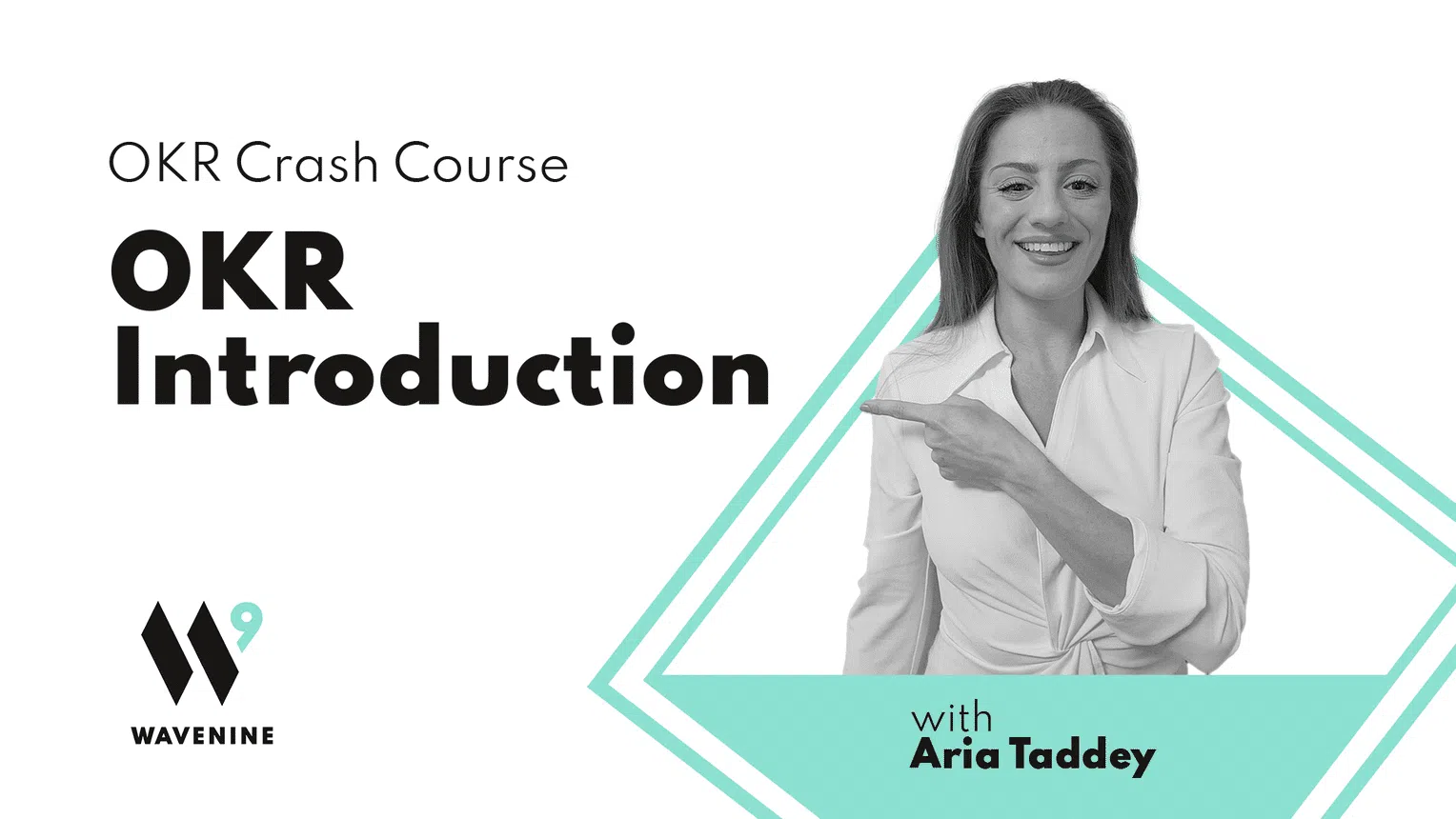Overcoming ‘Shiny Penny Management’ with OKRs and Results Rituals
Learn how OKRs, Results Rituals, and short cycles combat “shiny penny management,” keeping teams focused on strategic priorities for sustained success.

One of the perennial challenges leaders, managers, and organizations face is staying focused.
It’s easy to fall into the trap of ‘shiny penny management’—the tendency to chase new opportunities impulsively rather than sticking to a strategic plan.
This reaction often stems from a fear of missing out if the latest opportunity isn’t pursued immediately.
The Temptation of New Opportunities
It’s common and entirely natural to be drawn to new prospects, much like being tempted by the ‘soup du jour’.
However, understanding the root cause of this behavior is crucial to preventing it from disrupting our focus.
External pressures frequently contribute to this phenomenon.
For example, CEOs often deal with very active and involved board members who may introduce new ideas mid-quarter.
These ideas, though well-intentioned, can derail ongoing plans.
The solution here is straightforward: schedule regular board meetings and ensure that new ideas introduced between meetings aren’t automatically prioritized.
This approach maintains a steady course while allowing time to evaluate new opportunities thoroughly.
Challenges for Middle Managers
Middle managers face a different challenge.
When a CEO shifts priorities, it’s difficult to push back, especially when existing OKRs suggest otherwise.
However, as a manager, it’s essential to minimize such disruptions.
Creating a stable environment where your team can follow a clear path is vital.
Too many competing priorities and excessive work in progress lead to reduced productivity and team frustration.
This is where Results Rituals come into play.
The Role of OKR Results Rituals
Setting OKRs is the easy part—most organizations excel at this with little OKR training.
The challenge lies in integrating these OKRs into daily operations.
Results Rituals, including regular meetings and asynchronous collaboration methods, keep OKRs top-of-mind.
Without these rituals, organizations often revert to ‘business as usual’ and old habits of chasing new opportunities impulsively.

Results Rituals help maintain focus on the right priorities without making OKRs the sole topic of every conversation.
They ensure that teams remain aligned and prevent the disheartening question: “Are we still doing that OKR thing?”
This is exactly why Results Rituals are a major part of our OKR training.
Short OKR Cycles: A Strategic Advantage
In addition to Results Rituals, the OKR framework itself helps to minimize ‘shiny penny management’.
The great thing about OKR cycles is that they are quite short – typically we see a quarterly cadence in our OKR implementations.
These short cycles help keep efforts aligned and focused, allowing management to avoid cramming everything into one annual objective.
Short cycles provide clear windows for exploring new opportunities without disrupting ongoing priorities.
While it requires self-control to defer new opportunities, the prioritization power of OKRs and the consistency of Results Rituals can make this process significantly easier.
Embracing these practices can reduce ‘shiny penny management’ and give life to a disciplined approach that drives sustained success.
Other Articles
Get the inside scoop on OKRs
Sign up to our newsletter to get OKR tips, tricks, and insights delivered directly to your inbox!




